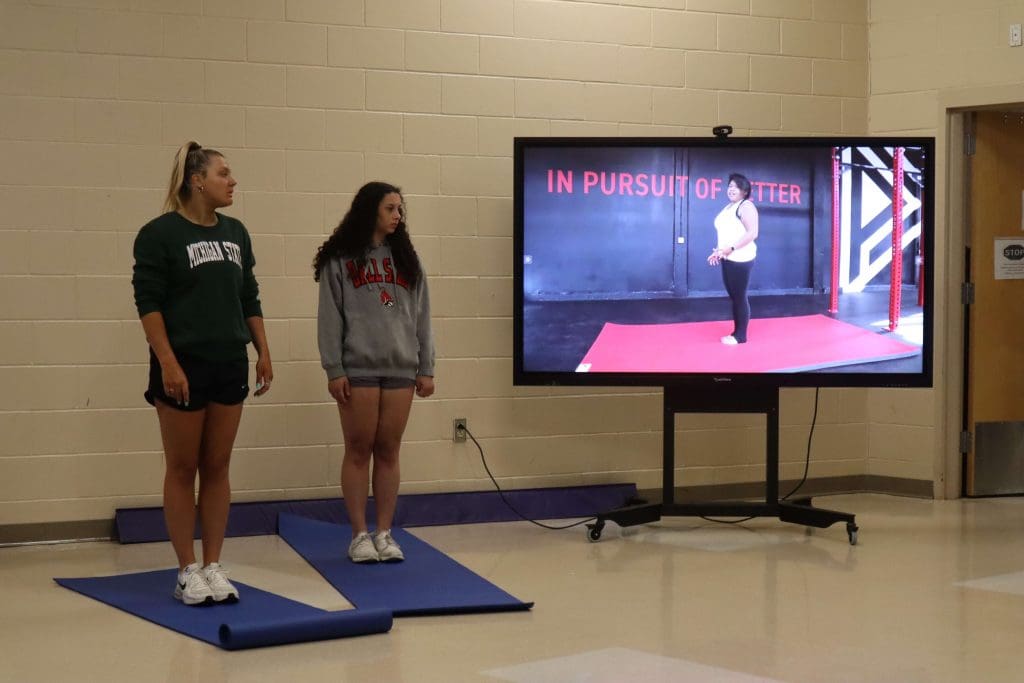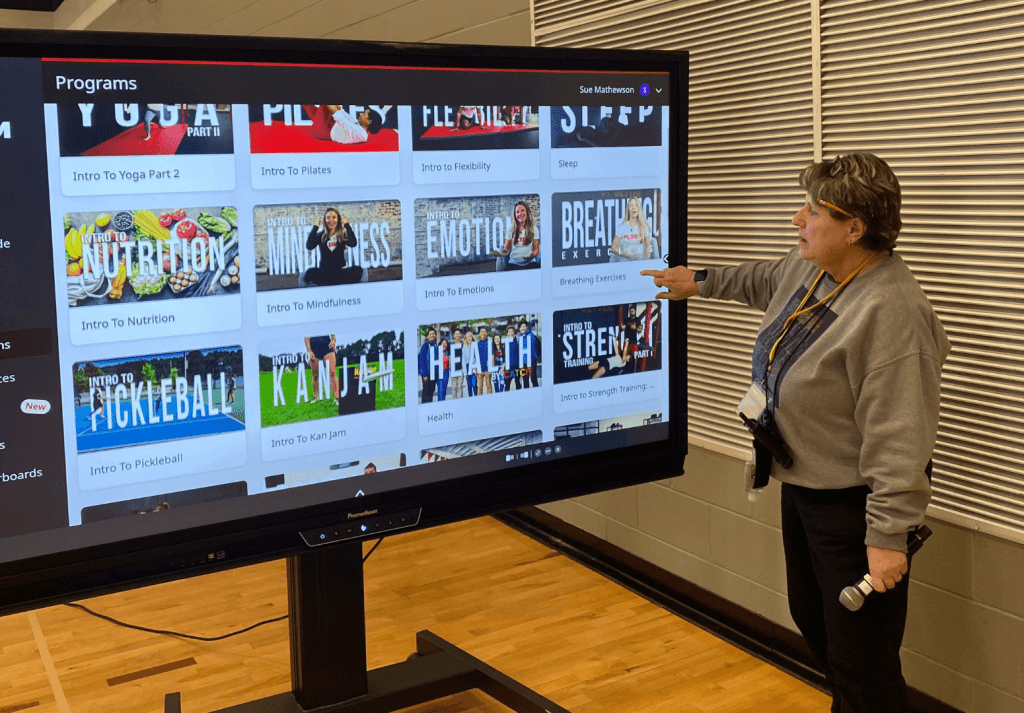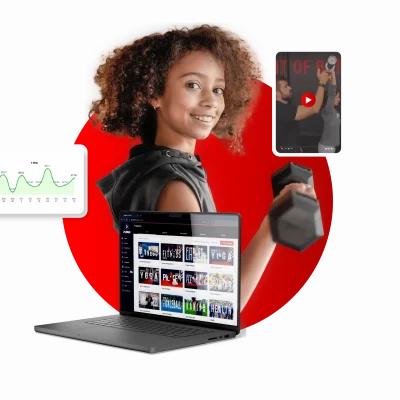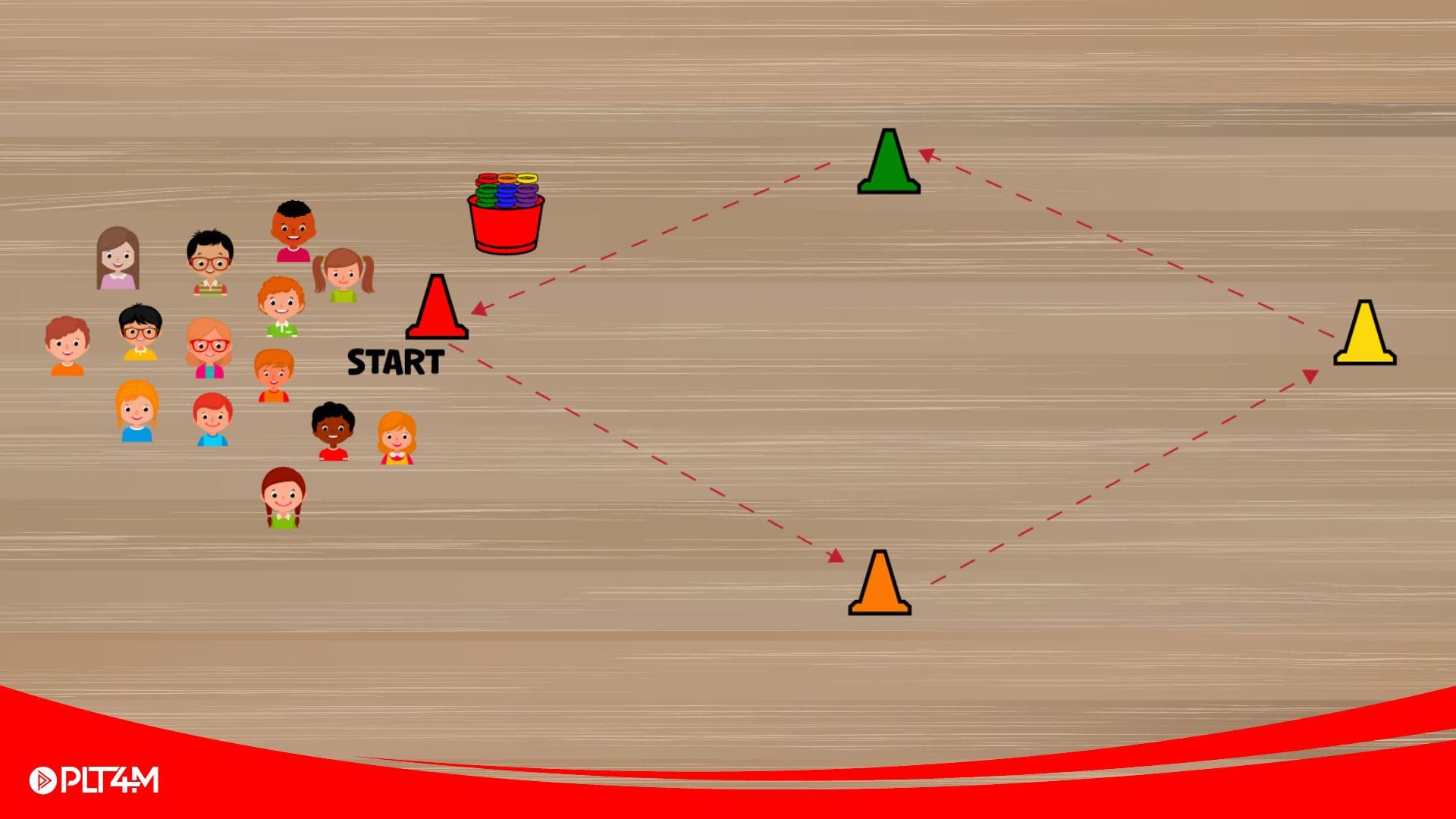Physical education classes offer unique opportunities for students to explore fitness, health, and wellness. Many PE classes at the high school level look to take essential steps to transition students from school to an adult life that still values and prioritizes personal fitness and wellness. As a result, many schools encourage and support students in designing personal fitness plans in physical education to build and bridge important concepts around fitness and exercise.
While many students won’t become personal trainers, empowering students to create and plan workouts or fitness plans as a project or class assignment can support a deeper connection to lifelong fitness. In this article, we explore the rise of this initiative, the standards that back in, and the best practices to pursue when incorporating this concept into the PE classroom.
The Growing Trend Of Designing Personal Fitness Plans In Physical Education
Many schools look to deepen students’ knowledge of physical fitness by having students create personalized fitness and workout plans during physical education classes.
This approach aims to teach students the value of regular exercise and how to design routines that suit their individual needs and goals. By empowering students to take charge of their fitness, physical education programs hope to foster lifelong healthy habits and a deeper understanding of maintaining physical well-being.
This popular strategy also encourages critical thinking, self-assessment, and goal-setting, which are valuable skills that extend beyond physical education and into other areas of students’ lives.
Beyond all of the benefits, it is also supported by state and national standards!

Backed By State And National Standards
SHAPE America’s National Physical Education Standards define what students should know and be able to do as a result of a highly effective physical education program. The newly released and updated standards in 2024 place an even greater emphasis on empowering students with the skills and knowledge necessary for a lifetime of fitness.
Let’s delve into Standard 2 and an important sub-standard at the high school level.
Standard 2: Applies knowledge related to movement and fitness concepts.
Sub-standard 2.12.8: Designs and implements a plan that applies knowledge of aerobic, strength and endurance, and flexibility training exercises.
By focusing on this standard, schools can foster an environment where students not only learn about fitness but actively apply their knowledge to create and maintain their own workout plans. This empowers them to take control of their health and well-being, setting the foundation for a lifetime of physical activity and wellness.
In addition, many state standards for physical education echo this call, emphasizing the importance of students designing and creating their workouts.

3 Best Practices For Designing Personal Fitness Plans In Physical Education
While students designing personal fitness plans in physical education is not a new concept, there are evolving best practices to support students as they set out to apply knowledge and skills within a personal training program. Below are 3 best practices for supporting students as they set out to create personal fitness programs.
#1 – Introduce Students To The What, Why, & How Of Fitness First
Before students can start designing their own fitness plans, they need to learn and develop the knowledge and skills around physical activity and exercise. Therefore, physical education teachers can take a two-pronged approach when setting out to support students in designing their fitness plans:
Introduce students to various forms of physical activity and exercise.
Support students’ exploration of the science and building blocks of health and wellness.
For example, many schools create a semester plan for physical activity that looks like the following:
Intro To Fitness Unit – An introduction to foundational human movements like the bodyweight squat, lunge, hinge, press, and pull. In addition, learning key elements of a workout plan like warm up, cool down, and more.
Intro To Strength Training – After introducing foundational training elements, students then embark to the weight room to learn about the basic elements of resistance training with barbells and dumbbells.
Student Choice & Exploration Time – Either in combined with the above units or as a stand alone unit, physical education teachers encourage students to explore other fitness modalities like yoga, dance, bootcamp, pilates, and more so that they see all of the different fitness options available to them.
While students complete and explore the fitness activities above, many teachers also incorporate cognitive health and wellness plans that help to create a complete picture of exercise. Teachers often introduce units like:
Fitness Literacy – Lessons include topics like cardiorespiratory (aerobic and anaerobic training), mobility and flexibility, muscular strength and endurance, and more.
Nutrition – While nutrition might not impact a fitness plan directly, it does help connect the important pieces of overall health and wellness.
Ready to Unlock the Power of Technology?
Schedule a 15-Minute demo to learn how PE teachers are ushering in a new age of Physical Education with Fitness and Technology!

#2 – Incorporate SMART Goals For Physical Education
After thoroughly introducing the different elements of physical fitness, students are now closer to creating their fitness plans. However, it is important to help students connect what they create in a fitness plan to their personal fitness level and fitness goals.
Here is where SMART goals for physical education can serve as a foundation for beginning to create thoughtful and impactful personal fitness plans.
SMART goals have been around since the 1980s. First introduced by George Doran, Arthur Miller, and James Cunningham, SMART goals outlined a mnemonic acronym to help with goal setting.
Specific
Measurable
Attainable
Relevant
Time-based
The best place to start is by helping students to identify specific goals. For example, many students will likely say they want to “get in better shape,” and while that is a great long-term goal, it is not specific. Instead, help students identify what they need to do in the form of short-term goals and align them to the SMART goals for PE model.
With this structure in place, great conversations can happen about all the different components of fitness and what goals and strategies can help to achieve better fitness levels. Better yet, if you are helping students to set up specific goals that are also attainable, they will start to feel and celebrate the success that comes from PE classes.

#3 – Technology & Student Workout Builder
Once students are ready to take action and design a personal fitness plan, they need a place to do it! While students can do this on pen and paper or using something like a spreadsheet, set students up for success with a student workout builder that equips them with a wide range of tools to start designing personal fitness plans.
PLT4M, a leader in curriculum and technology for physical education, offers a student workout builder experience that allows students to design, create, and complete workouts they have built.
In addition, students have access to thousands of high-quality instructional videos and notes, so they don’t have to start from scratch when making a workout plan. These features are an excellent support system for students beginning to take the first steps in designing fitness plans.
Furthermore, when students create workout plans in PLT4M, they are automatically uploaded to physical education teachers for review. This provides additional feedback and support for students when creating workouts for a class project or assignment.
Check out a preview of PLT4M’s Student Workout Builder
Key Takeaways On Designing Personal Fitness Plans In Physical Education
It can be exciting and empowering for physical education students to begin taking ownership of their personal fitness plans. With PLT4M’s student workout builder, students can have a simple and straightforward way to start making a training plan for a class assignment or project.
While this exercise of program creation (pun intended) can build confidence and comfort with fitness, remember that even many adults turn to trusted experts and fitness professionals when it comes to making and designing workouts and fitness programs.
So, although some students might be eager to create and craft a long-term plan, it is okay to use the student workout builder as an assignment or class project before having students return to completing other fitness programs within PLT4M or elsewhere that have been designed and created by qualified fitness professionals.
Even if students don’t plan on becoming personal trainers, creating personal fitness plans in physical education can build and bridge powerful connections to fitness, health, and wellness.








